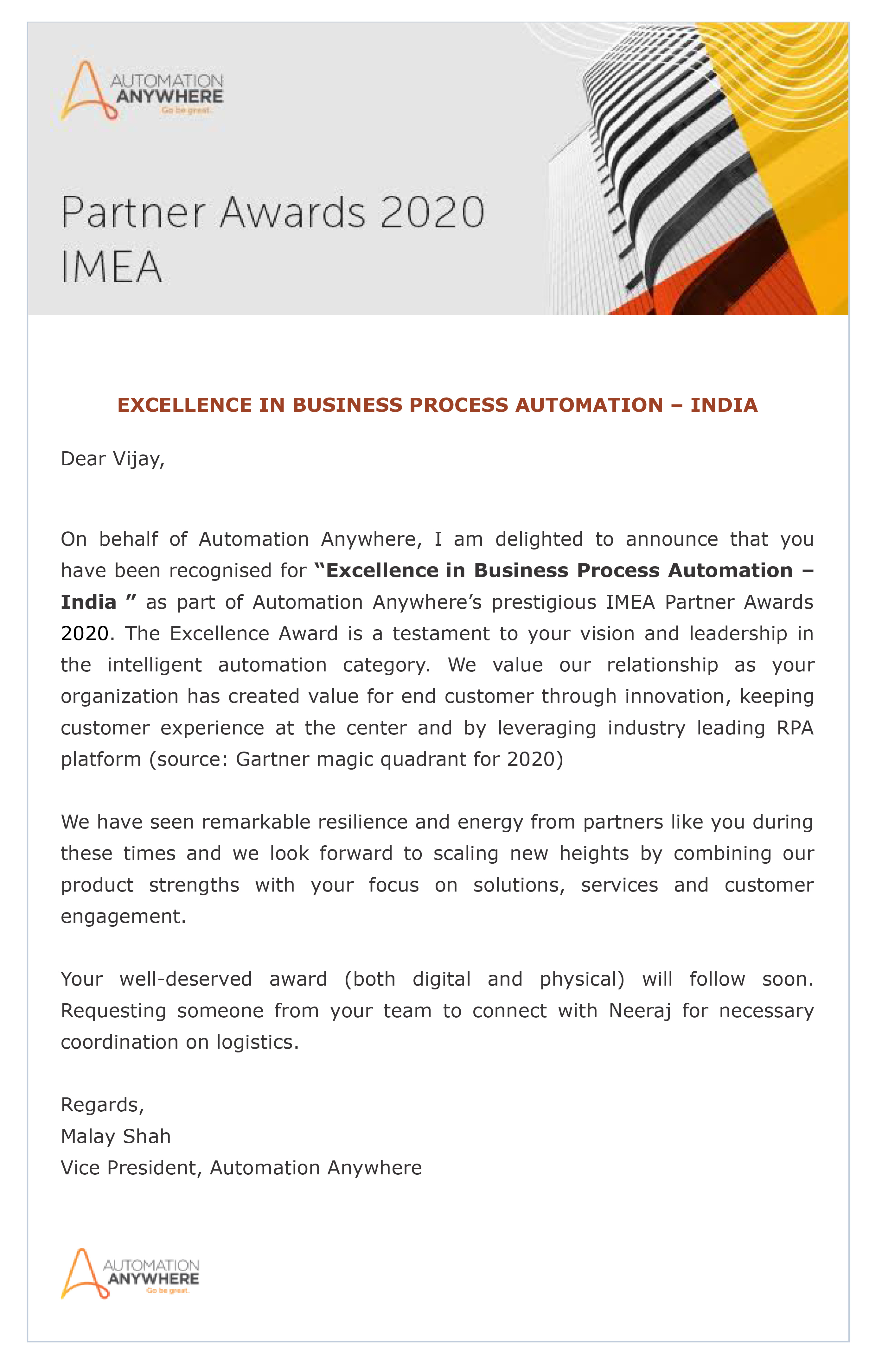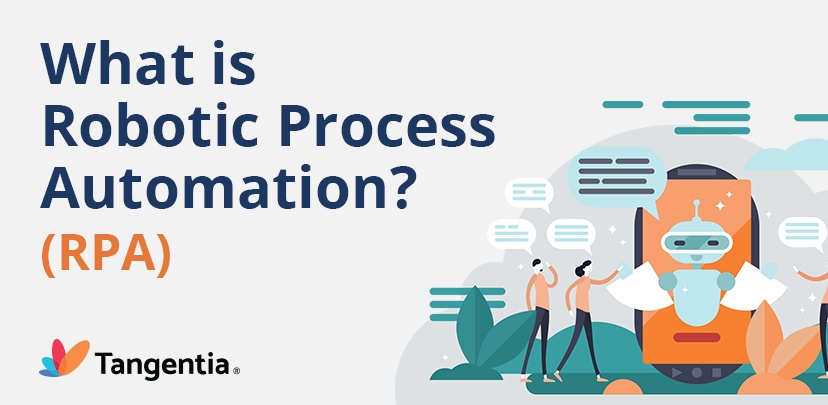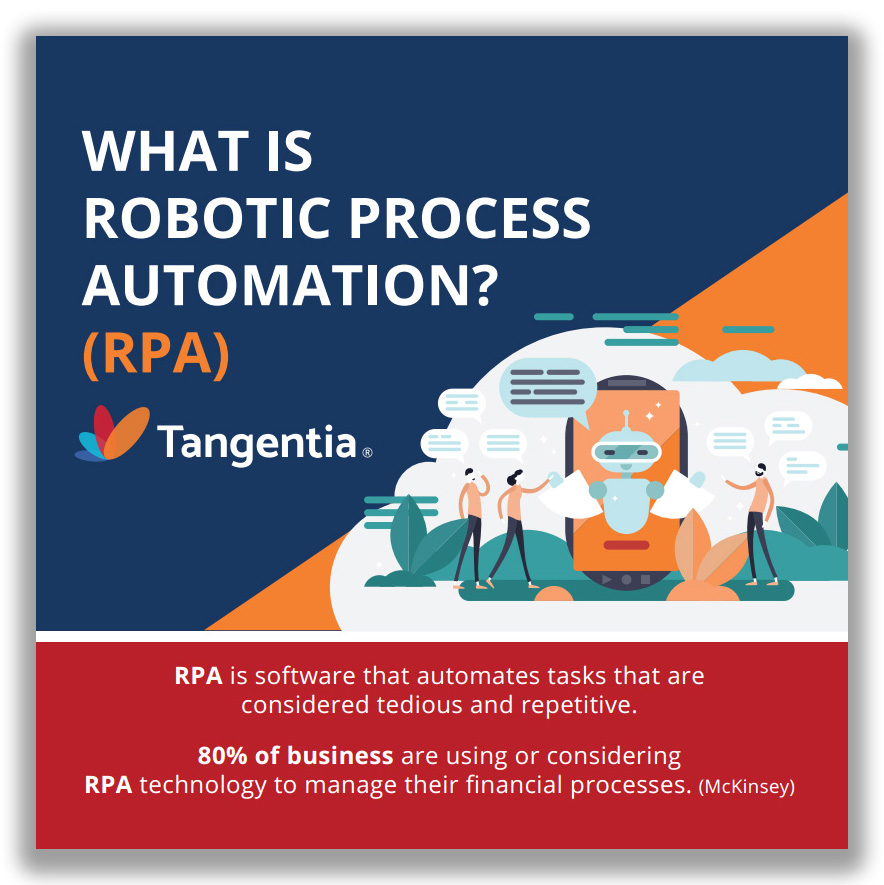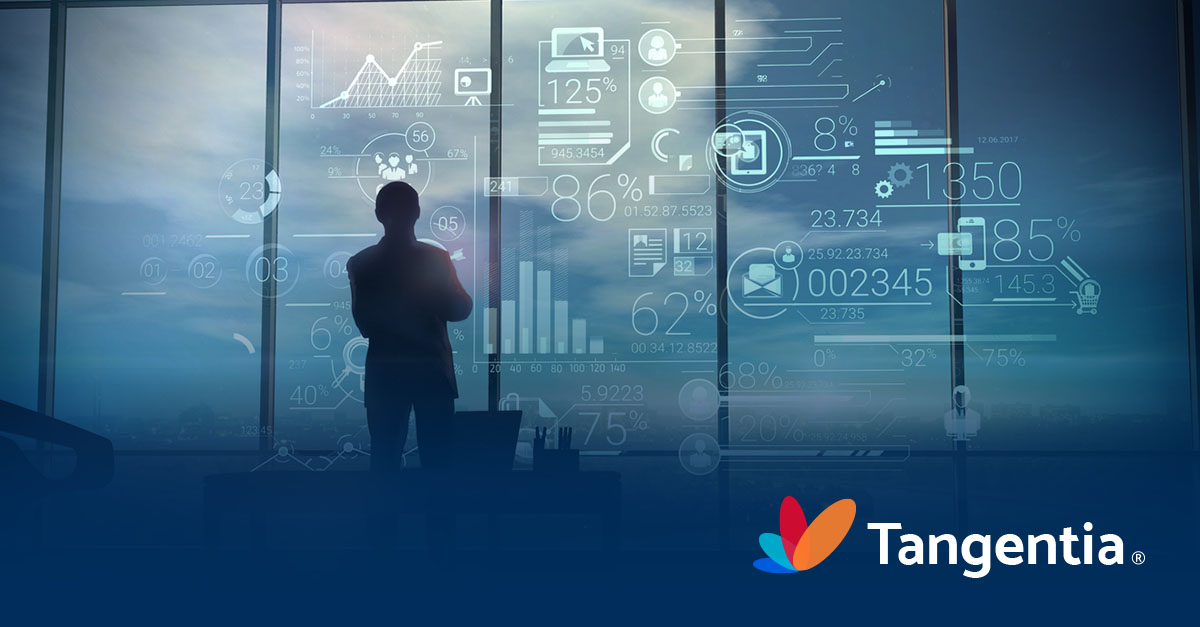Category: All
Tangentia Videos – EDI
Everything Dealers Need to Know about FASTag
Technology is evolving quickly in India and you need to know how to keep up. One of the upcoming changes is how drivers make toll payments when they are on the road. Up until the end of December 2020, drivers will still be able to pay the traditional way – using cash or credit. However, once January 1, 2021 arrives, they will be required to have FASTag.
What Is FASTag?
FASTag is an electronic toll collection system that is operated by the NHAI. It is a technology that is based on Radio Frequency Identification (RFID), which allows drivers to make toll payments without the need for cash or even credit or debit. They don’t even need to stop their car to pay their toll. The FASTag is adhered to the windscreen of their car and scanned whenever the car passes through a toll plaza. The toll is automatically deducted from the driver’s prepaid FASTag account.
Why FASTag?
The use of FASTag has significant benefits for drivers, as well as the highways systems of India. Drivers can move through toll plazas without the inconvenience of stopping or waiting in a lineup of vehicles. This can significantly cut down on their driving time. The FASTag system will keep traffic moving smoothly, preventing congestion at toll plazas. Best of all, the Indian government is offering 2.5 per cent cashback on toll payments made using FASTag.
How to buy a Fastag?
Drivers can get a FASTag from anyone of 23 certified banks, at National Highway toll plazas and through online retail platforms such as Amazon, Snapdeal, and Paytm. Once they have their FASTag, they can link it directly to their credit card, bank account, or wallet. Drivers can top up their prepaid account at any time and every time they go through a toll plaza, they will receive an SMS text message alerting them to the toll payment.
How TiA Industry Accelerator (IA) can help your customers with FASTag?
How does FASTag affect buying a new vehicle? Before that vehicle can be put on the road, a FASTag must be acquired and the account set up. This is yet another item in the long list of things a new car owner must deal with before they can drive off the lot.
The TiA Industry Accelerator is part of the Tangentia Intelligent Automation (TiA) Platform. The TiA IA is built to serve the needs of various industries, offering deployment-ready software solutions built to accelerate business processes. It is built with the automotive retail sector in mind and provides you with digital worker capabilities that allow you to:
- Streamline the collection of vehicle owner data from multiple outlets
- Automate all aspects of purchasing a vehicle from one convenient platform
- Enhance your customer service and increase satisfaction
- Automate mundane tasks for automotive dealerships so you can focus on core competencies
- Ensure regulatory and legal compliance in the automotive industry
The capabilities of TiA Industry Accelerator (IA) can be extended, modified or customized, depending on your needs, making it the ideal solution for all your process automation, including the purchase and setup of FASTag.
At Tangentia, we are ready to partner with you to offer smooth and speedy FASTag compliance for the vehicles sold under your dealership as mandated by the Union Ministry of Road Transport and Highways (MoRTH), India. This is a must since, as of April 1, 2021, new third-party vehicle insurance will be issued only if the vehicle has a valid FASTag.
So, let TiA IA help you help your customers purchase the vehicle they want without all the hassle that comes with a vehicle purchase. When you can do this, you will provide your customers with a superior buying experience, enabling them to hit the road immediately.
Get Started Today
Tangentia is a Platinum Partner of IBM and well as partners with Automation Anywhere, UI Path, Blue Prism, Adobe, Microsoft, Salesforce, Amazon and leading enterprise software vendors. We work with customers globally with offices in Canada, USA, Mexico and India to implement their RPA strategies.
Read Now
Tangentia Videos – AI
What You Need to Know about AODA Compliance
An incredible 15.5% of the people in Ontario are living with a disability. The Accessibility for Ontarians with Disabilities Act (AODA) ensures that all businesses and organizations with 50 or more employees will meet the government of Ontario’s accessibility standards by 2025.Specifically, businesses and organizations in the public, private and non-profit sectors are to ensure full accessibility of their organization for all Ontarians in five key areas, including:
- Information and Communications
- Employment
- Customer Service
- Design of Public Spaces
- Transportation
The first three of these areas can be applied to website design, which is the focus of the most recent shift to full accessibility based on the AODA. It’s called the Web Content Accessibility Guidelines (WCAG) and every Ontario website needs to comply.
WCAG 2.0 compliance
All businesses and organizations are required to be AODA WCAG 2.0-compliant by January 1,2021. This means that their websites must be perceivable, operable, understandable and robust. In other words, all the information that is presented on a website must be provided in a variety of different ways to accommodate the needs of anyone who goes to that website. This means:
- Ensuring the website content is easy to navigate
- Using text to help explain images and other non-text content
- Using predictable web page layouts
- Designing the website so readers have enough time to fully comprehend the content
- Making all text readable by using at least 16 pt font for regular text and 18 pt font for headings
- Including all links in the form of a phrase
- Ensuring the content on the page is distinguishable by using a 4.5:1 color contrast between the foreground and background
- Making the content adaptable so the reading order is preserved regardless of how that content is accessed
- Providing captions and/or transcripts for audio and video
- Making assistive technology available to support readability
- Providing input assistance in the form of error identification and prevention
- Ensuring all headings have tags that help assistive technology navigate the website
How to become AODA compliant
To become AODA compliant, there are four steps you need to follow. These are:
- Conduct a website audit. This audit will determine the level of compliance on all the pages and features of your website.
- Get an AODA expert to help ensure your website design is 100% compliant.
- Test the accessibility of your website.
- Keep track of all the accessibility updates you made so you have records in case you are subjected to a website compliance audit.
There are some easy and effective ways to test the compliance of your website. These include:
- Using assistive technology to review your site and ensure the design and all technical aspects of it are accessible
- Using an online accessibility checker to check the accessibility of your website (not 100% reliable)
- Having people with disabilities to review your site and provide feedback (best method)
If you haven’t already brought your website up to AODA WCAG 2.0 compliance, the time to do so is now. At Tangentia, we have the experts who can help design your website so that you meet the AODA WCAG 2.0 standard of compliance in time for the January 1, 2021 deadline.
Contact us today to for a free AODA website compliance audit.
Get Started Today
Tangentia is a Platinum Partner of IBM and well as partners with Automation Anywhere, UI Path, Blue Prism, Adobe, Microsoft, Salesforce, Amazon and leading enterprise software vendors. We work with customers globally with offices in Canada and India to implement their RPA strategies using an agile methodology.
Read Now
Tangentia Videos – RPA
Embrace the Fractional Digital Worker (or Bot-as-a-Service) and Empower Your Organization
The use of automation in the workplace is a trend that has been gaining traction over the past few years. One of the most recent innovations has been the use of bots to perform simple, repetitive tasks that typically take up too much human time that could be better spent on high-value tasks.
Robotic process automation (RPA) advanced automation from individual tasks to entire processes. Then the digital worker came along and once again advanced the use of bots in automation, making it possible to provide full automation of entire back-office job roles for complete end-to-end automation.
However, with the need for easy scalability, automation has once again advanced. With the growing popularity of Bot-as-a-Service, it is important to understand what this means for your organization.
The Need for Scalability
Scalability is an important consideration when it comes to the automation of your workforce. According to a Deloitte Global RPA Survey, a mere 3% of organizations have been able to successfully scale their digital workforce. Yet, in today’s chaotic global climate the need to scale is crucial for survival.
This is the motivation behind Tangentia’s development of their TIA Digital Worker, a cloud-based automation system that let’s you choose how much bot service you need and when you need it.
The Power of the TIA Digital Worker
The TIA Digital Worker is software that takes advantage of everything AI, RPA and machine learning (ML) have to offer. When you embrace the cloud-based TIA Digital Worker, you will be able to take full advantage of the service without the hassle of on-premise hardware and the difficulty that comes with scaling to meet your needs.
Tangentia makes it possible for you to purchase full-time bot usage or to purchase bot usage for just a few hours a day. Scale those bot hours up or down as needed to maximize automation without overpaying. Bot usage is charged on a monthly basis, and there are peak hours (10 am to 5 pm) and non-peak hours that allow you to manage your use of the bots for maximum benefit at minimum cost.
Best of all, the benefits of TIA Digital Worker go beyond the power to scale. Efficiency skyrockets as employees are freed up to focus on tasks that have more value for the organization. This includes more time spent on innovation and increased customer interaction and satisfaction. Additional benefits include:
- Cross-departmental functionality
- Full automation of an entire job role, individual processes within a role or specific tasks within a process
- Full customization to suit the unique needs of your organization
- Ability to set the parameters for complete control over your digital workforce
- Enhanced, easy communication and collaboration with your digital workforce
The use of the TIA Digital Worker also puts you in the right position to take full advantage of hyperautomation, which takes this end-to-end automation and adds a level of intelligence to it that is capable of capturing and analyzing data in real time to support decision-making within the organization.
With a constantly changing global business environment and increasing demands on organizations to meet customer needs, increase productivity and cut costs, the time to adopt automation is now.
Get Started on Your RPA Journey Today
Talk to an RPA Expert to learn how to get started
Tangentia receives Automation Anywhere’s IMEA Partner Awards 2020
At Tangentia, we are proud to announce we are the recipient of the “Excellence in Business Process Automation – India” award as part of Automation Anywhere’s esteemed IMEA Partner Awards 2020.
As a leader in Robotic Process Automation (RPA), Automation Anywhere is dedicated to helping organizations around the world move into the 21st century by creating innovative Intelligent Digital Workforce’s that will automate the fundamental processes they need to operate. As an Automation Anywhere partner, Tangentia has its finger on the pulse of agile digital transformation, thinking outside the box and delivering innovative solutions on a global scale.
The excellence award is a testament to Tangentia’s vision and leadership in the intelligent automation category and our dedication to customer experience, which is at the core of everything we do. This is in large part thanks to our work with Automation Anywhere. “We hold our partnership with Automation Anywhere in high regard,” says Tangentia CEO Vijay Thomas. “It has helped us provide even more value to our customers through the creative use of cognitive bots and our proven ‘global boutique’ deliver model. This award reinforces our commitment to RPA, helping organizations with their digital transformations and partnership with Automation Anywhere.”

Get Started Today
Tangentia is a Platinum Partner of IBM and well as partners with Automation Anywhere, UI Path, Blue Prism, Adobe, Microsoft, Salesforce, Amazon and leading enterprise software vendors. We work with customers globally with offices in Canada and India to implement their RPA strategies using an agile methodology.
Read Now
How Cloud EDI Can Transform Business Invoice Reconciliation
It’s no secret that automation is a hot topic right now in virtually every industry. The ability to use software to save employee hours and costs and defer that burden to a machine that can process tasks in a fraction of a second is essential for any business with low-profit margins, like the restaurant industry.
After all, every task is critical, and every second counts when your employees are on the clock. And when it comes to finance processes like invoice reconciliation, EDI and automation are rapidly changing the way companies approach these tasks.
This article will explore EDI and invoice reconciliation, and how adding EDI can benefit your business over the long run.
How Automated Invoice Reconciliation Can Benefit Your Company
Any process that a human can do, a machine can do faster and more efficiently, even tasks vital to a business’s profitability, like invoice reconciliation. It is essential to reconcile your invoices as accurately as possible. Doing so will reap the following benefits for your company:
- Saving work hours. Pre-automation, businesses will assign multiple employees to sift through invoices for hours at a time. With automation, these same employees can be contributing to other tasks, while EDI software reconciles the invoices for them.
- Reduce invoice errors. People make errors all the time, even best our best intentions. Invoice errors can profoundly negatively impact a business, from overpaying/underpaying a supplier to not billing a client correctly. The software will not make these same mistakes as all values are based on computer calculations and checks and balances are in place.
- Reconcile many invoices simultaneously. Humans can only process one invoice at a time. The software can process invoices in a fraction of a second. By reconciling many invoices quickly, you will save valuable employee hours.
- Prioritize other more critical business processes. By automating invoice reconciliation, you can re-assign your human employees to other tasks. Every task needs to be prioritized for maximum efficiency to ensure maximum profits.
- Establishes precedence for more automation. Automation saves money, especially when a whole business process can be automated, as in the case of EDI.
- Cloud-stored data. Even the best office practices of data storage are no match for cloud-based storage. Cloud data can be accessed at any time, in any location, as long as you have online or offline access to your data. The same cannot be stated for data locked in an office. By utilizing cloud storage, EDI allows you to save copies of reconciled invoices, and check the reconciliation process for errors when you need to.
The Value of EDI and Invoice Reconciliation
Companies are using automated invoice reconciliation to scale up their business processes, especially in centralized billing. If you own or operate several establishments, you will need to process invoices from multiple locations quickly and efficiently. EDI allows you to do this, even if your various locations are being run independently by different managers.
By using EDI and automating the manual collection of data, you can reduce processing errors and increase efficiency when reconciling invoices. Messy handwriting, wrong inputs, and scanning issues are no longer a problem. You can enter all the pertinent information into a terminal, generate an invoice electronically, and send a copy to a centralized office for automated reconciliation.
Automated EDI is one form of IT management that is transforming business infrastructure and processes. Automation reduces complexity and increases efficiencies that can affect whole work teams, replacing manual, error-prone processes, and saving many more useful employee hours spent on other tasks.
Seamless EDI and Business Automation Starts With Tangentia
How is your company leveraging powerful cloud EDI functionality and automation to transform your invoice reconciliation processes?
Tangentia provides digital solutions for businesses of all sizes. If you’re looking to kickstart your automation journey, we can help. Get in touch with one of our EDI specialists today to get started.
Get Started Today
Tangentia is a Platinum Partner of IBM and well as partners with Automation Anywhere, UI Path, Blue Prism, Adobe, Microsoft, Salesforce, Amazon and leading enterprise software vendors. We work with customers globally with offices in Canada and India to implement their RPA strategies using an agile methodology.
Read Now
Making Automation More Intelligent with Hyperautomation
Automation is leading the technological revolution of the early 21 st century. Tools like artificial intelligence, robotic process automation (RPA), and machine learning (ML) have been developed and adopted by many industries to automate and streamline tasks and processes. This frees up employees to engage in more meaningful work. However, Gartner argues that RPA and similar tools are not enough on their own. Instead, Gartner believes organizations need to adopt the concept of hyperautomation, which they labeled the No. 1 technology trend of 2020.
What Is Hyperautomation?
Automation has gone through an evolution over the past few years. It began with the automation of simple tasks, then moved on to the automation of individual processes, then progressed to automation across multiple processes. Hyperautomation is now taking the concept of automation to the next stage of its evolution.
Hyperautomation is a term that was introduced by Gartner. It encompasses a combination of complementary automation technologies – RPA, AI, ML, and intelligent business management software (iBPMS) – that together take the automation of business processes beyond what any single automation tool can offer.
What Hyperautomation Can Do?
RPA is confined to interpreting structured data based on a set of established rules. This limits RPA’s ability to deal with more complex data analysis. However, hyperautomation can handle unstructured data, in addition to structured data, which turns it into a powerful analytical tool.It uses AI and ML to learn as new data comes in and outcomes change.
What this means for organizations is simple. Hyperautomation will allow you to provide an end-to-end solution that goes beyond just automating repetitive tasks. Instead, it provides intelligent monitoring and analysis that has the ability to assess and reassess data across multiple systems and departments in order to augment and support decision-making. And the best part is that this is all done in real-time. Hyperautomation analyzes the data as it flows in,which means decisions can be made in a timely manner.
The capabilities of hyperautomation are so powerful that it can result in the development of what Gartner has termed a digital twin of the organization (DTO). A digital twin is a system that all organizational departments and interested parties can connect to in order to get the information they need. This eliminates the need for multiple channels through which data is delivered and allows hyperautomation to provide ongoing intelligence that drives business decisions by making it easier to see opportunities as they arise.
The result? Resource optimization, lower costs, improved employee satisfaction, enhanced customer relationships, and increased revenues. Hyperautomation will also make your organization more agile, providing the ability to change processes as required to keep up with internal organizational changes, industry changes, and external changes (such as the COVID-19 pandemic of 2020) that can affect operations.To learn more about what hyperautomation can do for your organization, contact Tangentia today.
Get Started Today
Tangentia is a Platinum Partner of IBM and well as partners with Automation Anywhere, UI Path, Blue Prism, Adobe, Microsoft, Salesforce, Amazon and leading enterprise software vendors. We work with customers globally with offices in Canada and India to implement their RPA strategies using an agile methodology.
Read Now




























